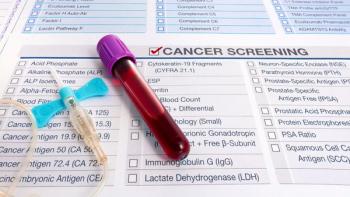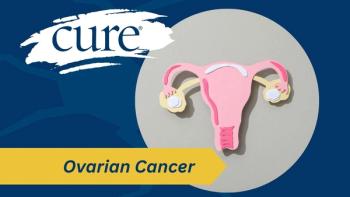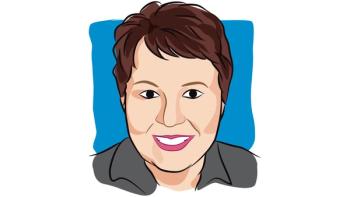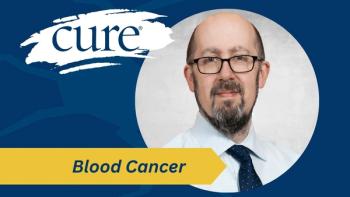
The ‘Toxicity of Cancer’ Includes Lifetime Economic, Non-Financial Costs in AYAs
The costs related to a cancer diagnosis go beyond treatment, reflecting the altered participation in the workforce for adolescents and young adults.
Findings from a recent study demonstrated that the financial impact of cancer in adolescents and young adults (AYAs) corresponds to $259,324 per patient over a lifetime, highlighting the need for targeted programs and other interventions to help AYAs navigate the financial burden of cancer.
While this cost is substantial, “this is the lived reality for patients and their families,” said Dr. Susan Parsons, medical director of the Reid R. Sacco AYA Cancer Program at Tufts Medical Center in Boston and professor of medicine and pediatrics at Tufts University School of Medicine, in an interview with CURE®.
“This paper brings to light what families have been telling us for decades, which is the cost of cancer goes on and on and on, long after the patient no longer is receiving care within the health care system,” she added.
In addition to the
Parsons mentioned that there are also non-financial ways that cancer can impact a patient throughout their lifetime.
“(It’s) what we call the burden of disease, which is highlighted by chronic morbidity in the form of late effects (of cancer) and/or premature mortality, which is loss of life due to the kind of late effects that they’re experiencing,” she explained. “Patients know this. It’s just now, I think, really important for policymakers, health care administrators and clinical providers to really understand the magnitude of this whole toxicity of cancer.”
Although patients with cancer face the costs of cancer regardless of their age, Parsons said it affects AYAs differently than older patients.
“Unlike the care of older patients with cancer, where the
Even with AYAs accruing these costs, Parsons believed that they may not get the same degree of attention as they would if the costs were borne by other sectors, including payers, employers or the health care system itself.
“Patients don't have the collective voice that they need to affect policy in in this way. That isn't to say they don't have the capacity. But right now, they don't have that agency in our society,” she added.
She urged AYAs to get involved and use their voices to advocate for themselves and others, in addition to educating themselves about the costs of care so they are not caught off-guard. That includes learning what health insurance plans cover and don’t cover, and sources of assistance in the community.
AYAs need to be wary of "low-cost" plans, as some of them have high deductibles or only short-term coverage, Parsons added.
"While the low-cost premiums may sound like a great deal for an AYA with a history of cancer, especially those with chronic health conditions, it can be a financial disaster,” she said.
Parsons noted that there are resources available for AYAs to learn more about managing finances during and after a cancer diagnosis. These can be found through research online or with discussions with health care teams to gain access to them. She said that these kinds of resources can potentially alleviate the shock often experienced with cancer-related costs.
“If we could direct more people to those kinds of resources, there wouldn't be that sticker shock, when all of a sudden, you get a bill, you get sent to collections or you find yourself on the verge of bankruptcy,” she said.
For more news on cancer updates, research and education, don’t forget to





